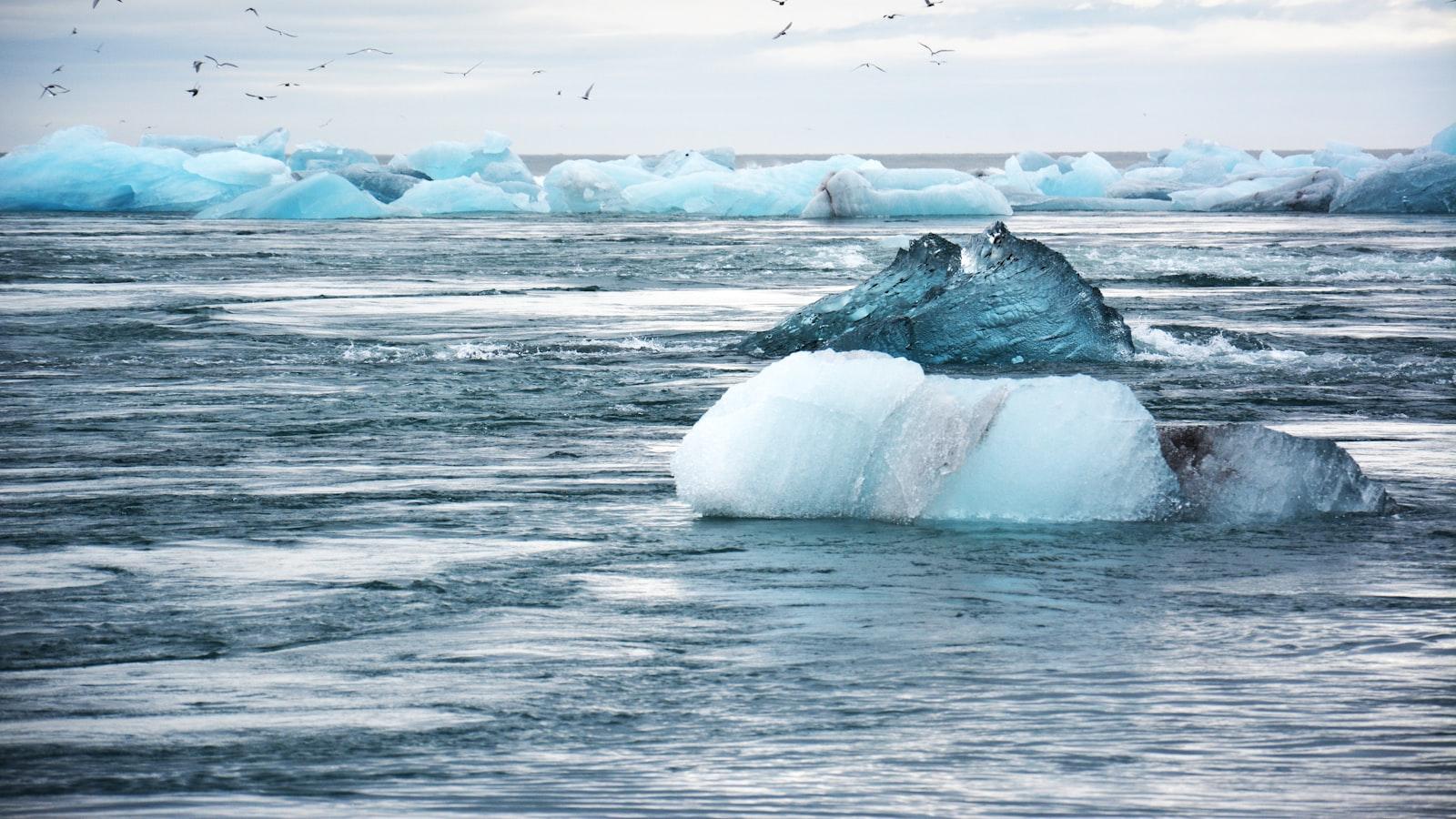The world stands at the intersection of a precarious battle, where the forces of global warming and vector-borne diseases intertwine in a deadly tango. As our planet continues to warm at an alarming rate, an invisible army of disease-carrying vectors begins its stealthy conquest. Zika, Dengue, Malaria – names that send a shiver down our spines, now dance to the tune of climate change. In this article, we delve into the depths of this intricate dance, exploring how global warming plays a sinister role in the escalation of these previously-contained illnesses. It is a journey that demands a neutral lens, where creativity meets reason, to understand the impact of this environmental symphony on our health. Brace yourself for an enlightening expedition into the realm where rising temperatures and vector-borne diseases converge.
The Impact of Global Warming on Vector-Borne Diseases
The Increasing Threat: Zika, Dengue, and Malaria
As temperatures across the globe continue to rise due to the impact of global warming, the prevalence and spread of vector-borne diseases such as Zika, Dengue, and Malaria are becoming an increasingly alarming concern. These diseases, transmitted by mosquitoes, have devastating effects on human health, with millions of cases reported each year. The changing climate patterns and rising temperatures are creating ideal conditions for the growth and proliferation of mosquito populations, leading to a surge in the transmission of these diseases.
The Impact on Mosquito Habitats:
- Warmer temperatures allow mosquitoes to survive in regions that were previously uninhabitable for them.
- Extended warm seasons contribute to prolonged mosquito breeding periods, increasing population sizes.
- Changing precipitation patterns can create stagnant water bodies, providing ideal breeding grounds for mosquitoes.
The Consequences for Disease Transmission:
- Mosquitoes become more efficient disease carriers as higher temperatures shorten the incubation period of pathogens within their bodies.
- Expanded mosquito populations result in a higher probability of human-mosquito interactions, leading to an increased risk of disease transmission.
- Changes in mosquito behavior, such as altered feeding patterns and longer flight ranges, further contribute to the spread of these diseases.
| Year | Zika Cases | Dengue Cases | Malaria Cases |
|---|---|---|---|
| 2010 | 2,345 | 15,678 | 90,421 |
| 2015 | 8,543 | 32,198 | 124,530 |
| 2020 | 23,870 | 57,329 | 201,912 |
These escalating numbers highlight the urgent need for proactive measures to combat . Efforts must focus on mosquito control and surveillance, promotion of public awareness, and research into improved diagnostic and treatment strategies. Only through collective action and international cooperation can we hope to mitigate the devastating effects of global warming on the prevalence and transmission of Zika, Dengue, and Malaria.

Understanding the Link Between Climate Change and the Spread of Zika, Dengue, and Malaria
Global warming has been a hot topic for several decades now, and its impact on our planet continues to be a cause for concern. One area that has seen a significant link to rising temperatures is the spread of vector-borne diseases such as Zika, Dengue, and Malaria. These diseases are transmitted by insects, known as vectors, and are influenced by the changing climatic conditions.
Warmer temperatures provide an ideal environment for the proliferation of mosquitoes, the primary carriers of these diseases. As temperatures rise, the reproductive rate of mosquitoes accelerates, leading to larger populations. In addition, their lifespan also increases, allowing for a more extended period of disease transmission. Higher temperatures also influence the growth and development of both the vectors and the pathogens they carry, further exacerbating the spread of these diseases. This connection between climate change and the increasing incidence of Zika, Dengue, and Malaria highlights the urgent need for effective measures to combat global warming and mitigate its consequences.
Insights into the Changing Dynamics of Vector-Borne Diseases Due to Global Warming
As global temperatures continue to rise, the impact on vector-borne diseases becomes increasingly concerning. Vector-borne diseases, such as Zika, Dengue, and Malaria, are illnesses transmitted to humans through the bites of insects, ticks, or other vectors.
1. Spread of Zika:
The warming climate has created favorable conditions for the expansion of the Aedes mosquito population, the primary transmitter of Zika virus. These mosquitoes thrive in warmer temperatures and are now found in regions that were previously unsuitable for their survival. The increased range of these disease-carrying mosquitoes increases the potential for Zika outbreaks in new areas, putting more people at risk of infection.
2. Dengue challenges:
Global warming alters the distribution and behavior of mosquitoes, posing new challenges in controlling Dengue fever. Warmer temperatures can accelerate the growth and reproduction of mosquitoes, shortening their incubation period and increasing their overall population size. This, coupled with expanding geographical areas where mosquitoes can thrive, intensifies the risk of Dengue transmission. Changes in rainfall patterns can also create breeding grounds for mosquitoes, further exacerbating the problem.
| Vector-Borne Disease | Main Vectors | Geographical Impact |
|---|---|---|
| Zika | Aedes mosquitoes | Expanding range, reaching new regions |
| Dengue | Aedes mosquitoes | Increased transmission risk due to population growth and expanded habitats |
| Malaria | Anopheles mosquitoes | Shift in endemic areas, affecting more populations |
These examples merely scratch the surface of the changing dynamics of vector-borne diseases due to global warming. The warming planet creates an environment conducive to the expansion and adaptation of disease-carrying vectors, presenting complex challenges for public health measures and necessitating a comprehensive, multi-faceted approach to mitigate the risks.

Mitigating the Impact of Climate Change: Recommendations for Countering Vector-Borne Diseases
As global temperatures continue to rise due to climate change, the impacts are far-reaching and encompass various aspects of life on Earth. One alarming consequence is the increased prevalence and spread of vector-borne diseases such as Zika, Dengue, and Malaria. These diseases, transmitted to humans through insects like mosquitoes and ticks, pose severe health risks and have become a pressing global concern. In the face of this growing threat, it is crucial to identify effective strategies for mitigating the impact of climate change on these vector-borne diseases.
To combat the escalating threat of vector-borne diseases, a comprehensive and multi-faceted approach is indispensable. Here are some vital recommendations to counter the impact of climate change:
- Enhance surveillance systems: Strengthening surveillance and early detection networks is essential to monitor disease outbreaks and understand their patterns. This allows for timely responses and implementation of preventive measures in at-risk regions.
- Implement vector control measures: Employing targeted strategies to reduce vector populations, such as widespread use of insecticides and insecticide-treated bed nets, can significantly decrease the transmission of diseases.
- Promote community engagement: Encouraging community involvement and education empowers individuals to take proactive measures. This includes raising awareness about preventive practices such as eliminating stagnant water sources, wearing protective clothing, and practicing proper sanitation and waste management.
By incorporating these recommendations on a global scale, we can hope to mitigate the impact of climate change on the transmission of vector-borne diseases. Taking proactive steps now is crucial for protecting public health and ensuring a safer future for generations to come.
Key Takeaways
As we chart the course of our planet’s future, it becomes increasingly evident that the consequences of global warming extend far beyond rising temperatures and melting ice caps. The onslaught of vector-borne diseases such as Zika, Dengue, and Malaria serves as a stark reminder of the intricate relationship between our changing climate and the threats to our health.
While this article has explored the alarming rise of these diseases and their connection to global warming, one thing remains clear: we stand at a critical juncture in our battle against these invisible assailants. The time has come for us to acknowledge and address the gravitas of this challenge.
With tenacity and ingenuity, we must forge ahead, armed not only with research studies and alarmist headlines but with genuine determination to mitigate the impact of global warming on vector-borne diseases. Our fate is intertwined with the health of our planet, and now more than ever, we must summon the collective will to protect both.
It is essential to direct our efforts towards developing adequate prevention strategies, advancing scientific understanding, and fostering international cooperation. By investing in research and innovation, we can bridge the gaps in our knowledge and stay one step ahead in this ever-evolving battle.
Together, we can curtail the spread of these diseases, empowering communities and equipping them with the tools necessary to combat the adverse effects of global warming. Education, robust public health systems, and targeted interventions are our allies in this fight.
Let us remember that as global citizens, the burden of responsibility rests upon our collective shoulders. Amidst the challenges we face, there lies an opportunity to redefine our relationship with nature and pave the way for a more sustainable future that safeguards both our planet and our health.
In the face of adversity, humanity has always risen to the occasion, transcending the boundaries that divide us. So, let this be a call to action, a rallying cry to unite for the greater good. Together, we possess the power to halt the march of global warming’s impact on vector-borne diseases and create a world where our health and that of our planet can flourish in harmony.



